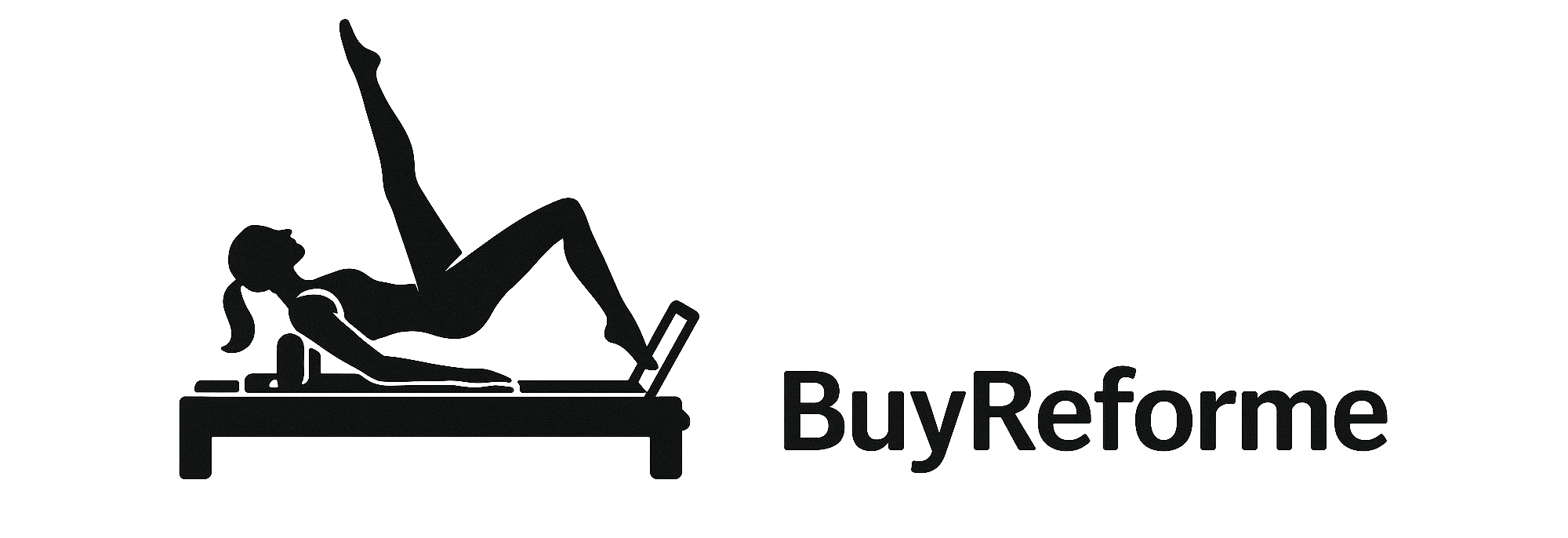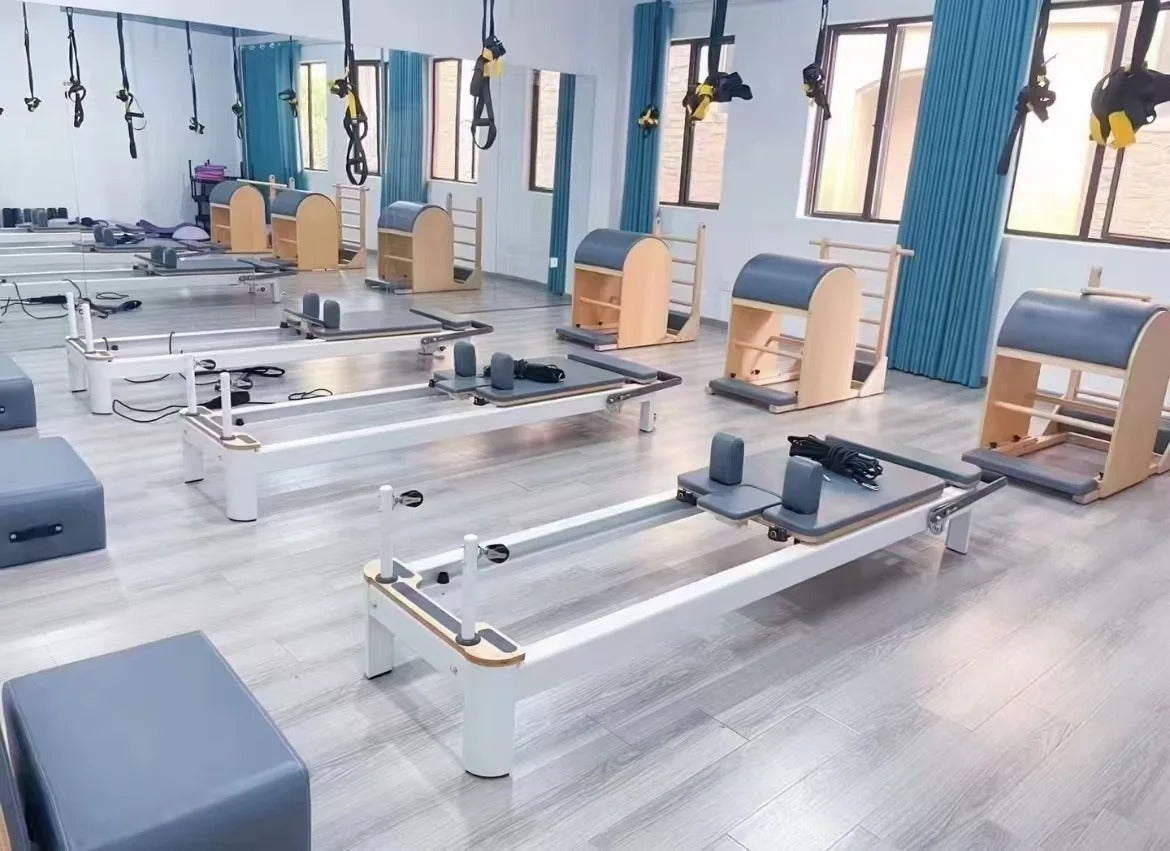Oak, Maple, Beech, Aluminum, or Steel? Here's What You Need to Know
When shopping for a Pilates reformer, one of the most important decisions you'll make is the material. Not only does it affect the look and feel of the machine, but it also impacts durability, price, and how well it fits into your space. Here's a detailed guide to the most common reformer materials—maple, beech, oak, aluminum, and steel—and how they differ.
Wooden Reformers: Aesthetic Meets Functionality
Maple Wood – Premium & Elegant
-
Positioning: The most high-end wood material for reformers.
-
Look & Feel: Light color with a smooth, clean grain—minimalist and luxurious.
-
Durability: Very strong, warp-resistant, and stable.
-
Price Range: Highest among wood reformers.
-
Best For: High-end studios or users looking for top-tier design and performance.
Beech Wood – Balanced & Reliable
-
Positioning: Mid-range in terms of both price and quality.
-
Look & Feel: Warm tone with fine texture, more classic than maple.
-
Durability: Excellent flexibility and shock absorption.
-
Best For: Those looking for a solid mix of performance and aesthetics without paying premium prices.
Oak Wood – Durable & Budget-Friendly
-
Positioning: Entry-level among wooden options, offering the best value.
-
Look & Feel: Strong wood grain, sturdy, with a more traditional appearance.
-
Durability: Very solid and long-lasting.
-
Best For: Users who want a reliable wooden reformer at a more accessible price.
💡 Price Difference: Between these three woods, the reformer price can vary by $300 to $600, depending on design and craftsmanship.
Metal Reformers: Modern, Sleek, and Practical
Aluminum – Lightweight & Stylish
-
Positioning: Higher-end among metal options.
-
Look & Feel: Sleek, modern, and ideal for contemporary settings.
-
Durability: Corrosion-resistant, lightweight but strong.
-
Portability: Often foldable, making it perfect for home users or shared spaces.
-
Best For: Studios or home users who prioritize easy movement and modern aesthetics.
Steel – Strong but Heavy
-
Positioning: Budget-friendly option for those focused on stability.
-
Look & Feel: Industrial appearance, generally powder-coated.
-
Durability: Very strong but prone to rust if not well coated.
-
Portability: Heavier and less suitable for movement.
-
Best For: Fixed-use settings or users with limited budgets.
💡 Aluminum vs. Steel: Aluminum generally outperforms steel in looks, portability, and resistance to corrosion—but also comes at a higher price.
Which Material Is Best for You?
Your choice largely depends on personal preferences and space design:
-
Go with wood if you prefer a natural, elegant look that complements warm or traditional interiors.
-
Choose aluminum if your space is modern, and you want something lightweight and mobile.
-
Pick steel if you're budget-conscious and don’t need to move the reformer often.
Final Thought
The material you choose isn't just about price—it’s about how your reformer fits into your life, your style, and your practice. Whether you're looking for premium maple, versatile aluminum, or affordable oak, knowing the differences can help you make a smarter investment for years of mindful movement.



Share:
BuyReforme | Premium & Affordable Pilates Reformers for Home and Studio
BuyReformer Shipping Guide: Warehouse Locations & Delivery Timelines Explained